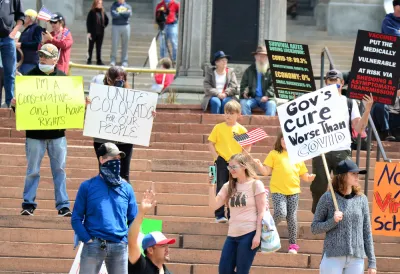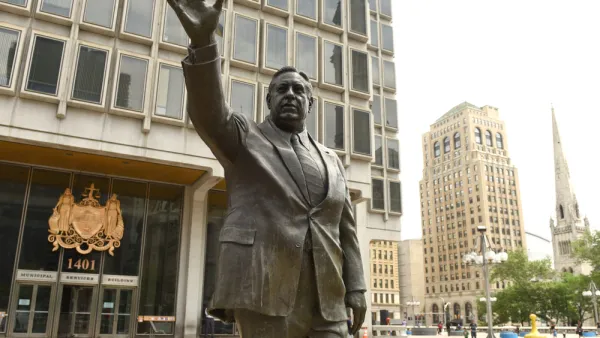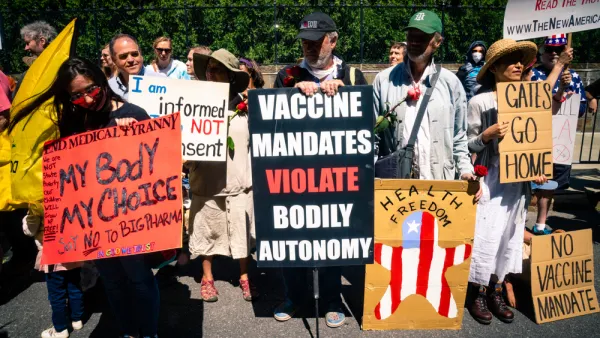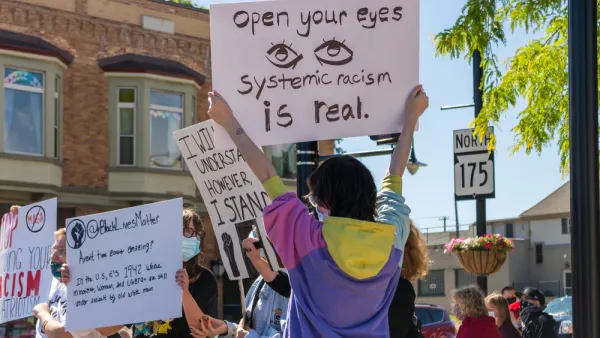Covid-19 deaths track closely to the discriminatory boundaries set by housing lenders, sponsored by the government, in the 20th century.

Jeremy Németh and Sarah Rowan, both from the University of Colorado Denver, connects the dots between the discriminatory housing practices of the 20th century and the public health risks of the 21st century.
After explaining some of the well documented connections between place and public health, Németh and Rowan focus on the public health risks, including Covid-19 fatalities, in Valverde, a neighborhood on the West Side of Denver redlined by the Home Owner’s Loan Corporation in the 1930s.
Mapping scores on the CDC’s Social Vulnerability Index in Denver reveals how these clear patterns of disadvantage [created by the legacy of redlining] coincide with COVID-19 hospitalization rates," according to the article.
The article also shifts focus to solutions, with Denver as the continuing model, and recommendations for additional measures in cities all over the country.
In the short term, critical efforts can include widespread free testing events in vulnerable neighborhoods, along with distribution of free hand sanitizer, cleaning supplies and masks, which also helps ensure that at-risk residents do not have to travel on crowded public transportation to shop for these items. This is also an opportunity to link uninsured residents to health care coverage and primary care providers.
Other measures, like the location of community health centers in at-risk neighborhoods, are also discussed.

National Parks Layoffs Will Cause Communities to Lose Billions
Thousands of essential park workers were laid off this week, just before the busy spring break season.

Retro-silient?: America’s First “Eco-burb,” The Woodlands Turns 50
A master-planned community north of Houston offers lessons on green infrastructure and resilient design, but falls short of its founder’s lofty affordability and walkability goals.

Delivering for America Plan Will Downgrade Mail Service in at Least 49.5 Percent of Zip Codes
Republican and Democrat lawmakers criticize the plan for its disproportionate negative impact on rural communities.

Test News Post 1
This is a summary

Test News Headline 46
Test for the image on the front page.

Balancing Bombs and Butterflies: How the National Guard Protects a Rare Species
The National Guard at Fort Indiantown Gap uses GIS technology and land management strategies to balance military training with conservation efforts, ensuring the survival of the rare eastern regal fritillary butterfly.
Urban Design for Planners 1: Software Tools
This six-course series explores essential urban design concepts using open source software and equips planners with the tools they need to participate fully in the urban design process.
Planning for Universal Design
Learn the tools for implementing Universal Design in planning regulations.
EMC Planning Group, Inc.
Planetizen
Planetizen
Mpact (formerly Rail~Volution)
Great Falls Development Authority, Inc.
HUDs Office of Policy Development and Research
NYU Wagner Graduate School of Public Service





























